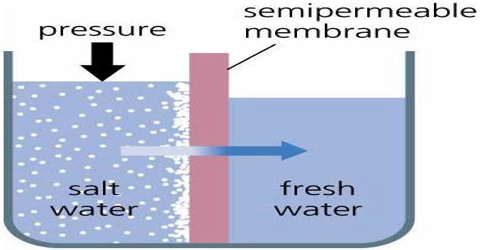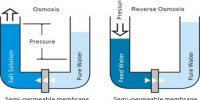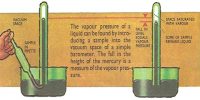Semi-permeable Membrane: Membrane solution theory
A membrane that allows only the solvent molecules to pass through it, but not the solute molecules is known as a semi-permeable- membrane. Natural membranes are mostly semi-permeable. For examples, skin inside the egg shell, membranes around the red blood corpuscle, animal bladder, and vegetable tissue are all semi-permeable.
Membrane solution theory: Membrane solution theory envisages that the membrane contains protein bearing functional groups such; -COOH, -OH, -NH2, etc., which ‘dissolves’ Water molecules by hydrogen bonding or chemical interaction. As a result the solvent molecules pass on to the solution side. Since solute particles are not dissolved in the membrane these cannot pass through. This theory can explain a number of facts but again is found to be unsatisfactory in many cases.
















